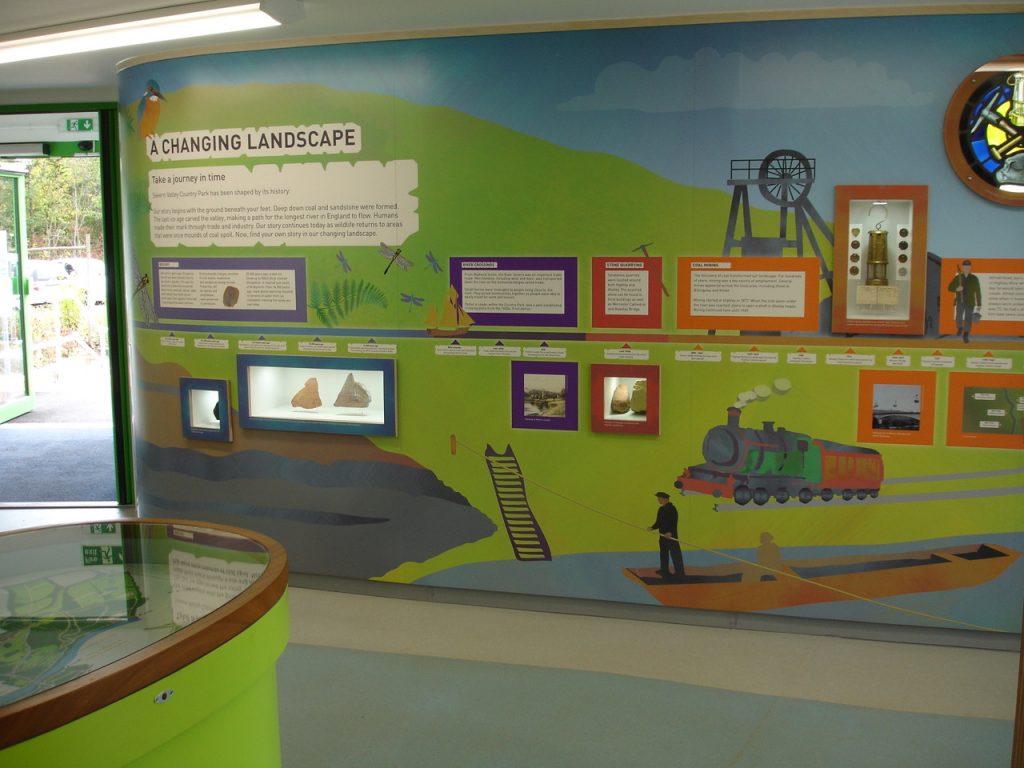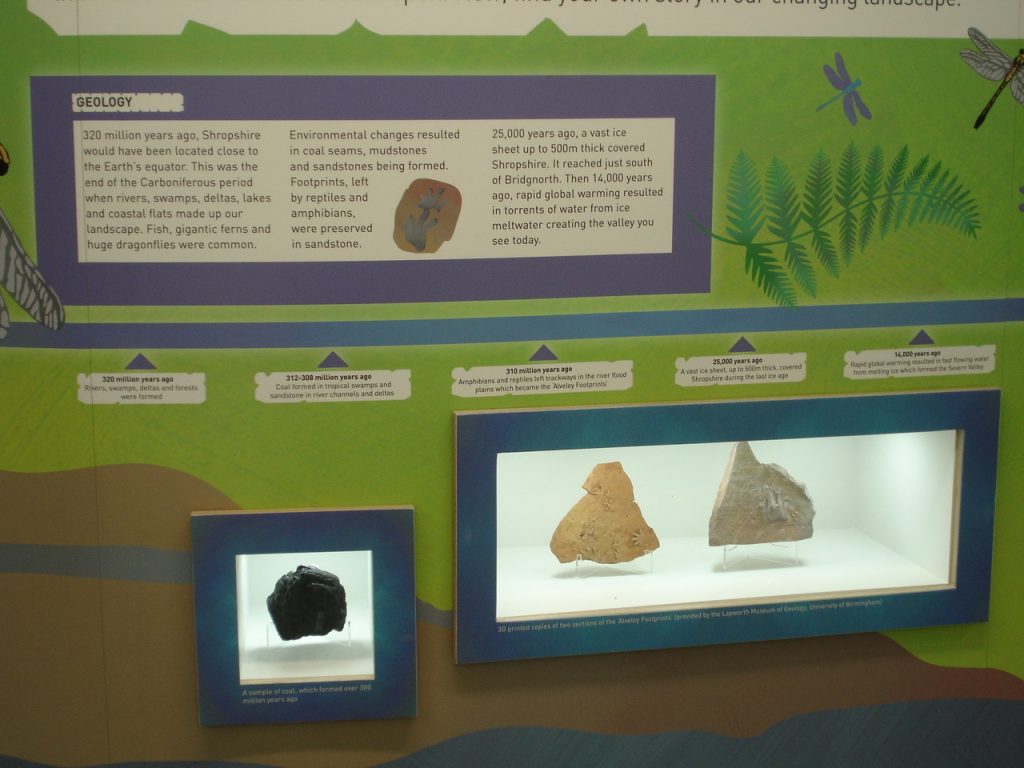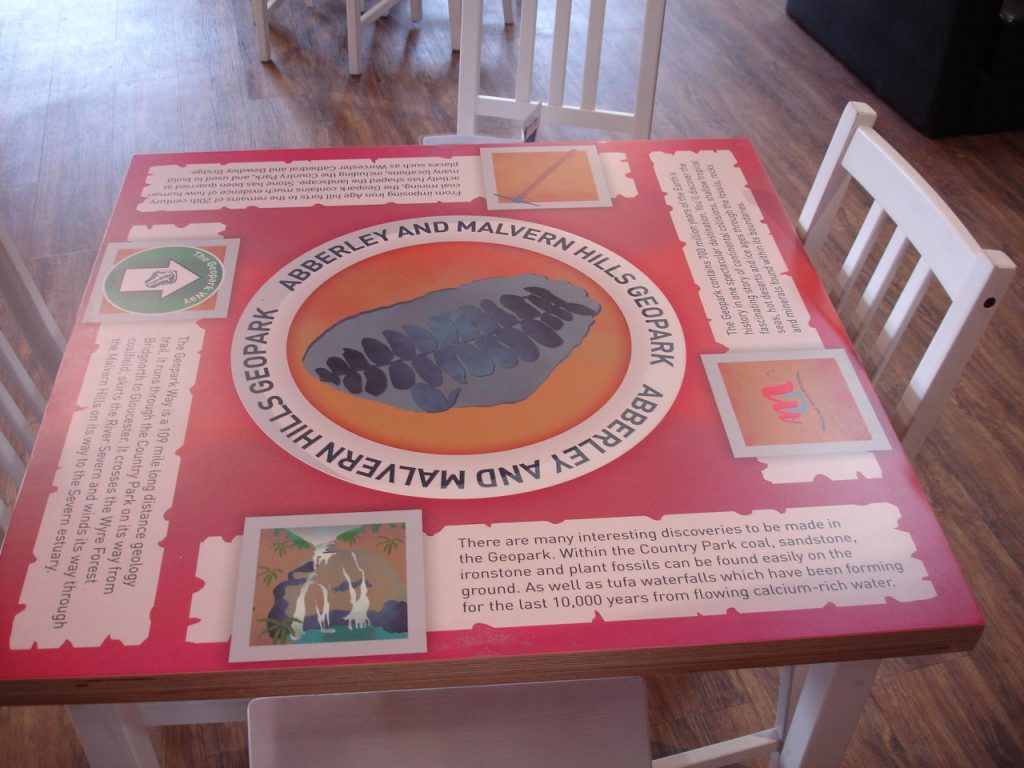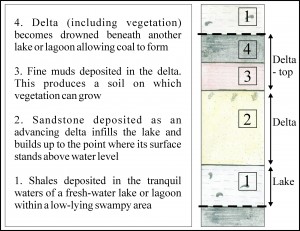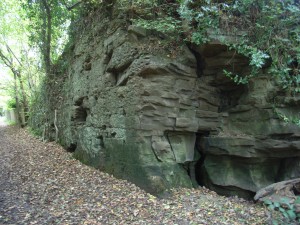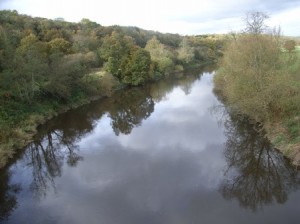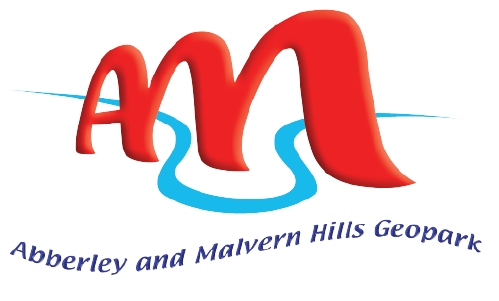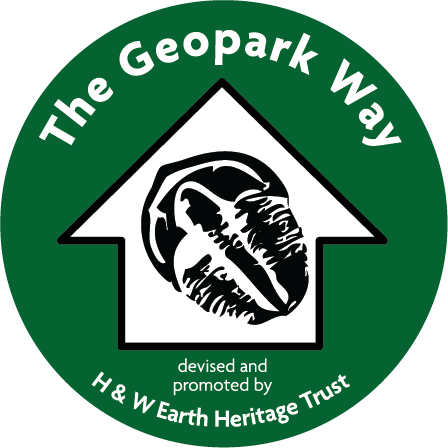An oasis of calm and beauty on the banks of the River Severn, this Green Flag award-winning 51 hectare country park is dedicated to the quiet enjoyment of the countryside by all the family. The park spans both sides of the longest river in the country and its woodlands, ponds and meadows provide a home for many species of plants and animals.
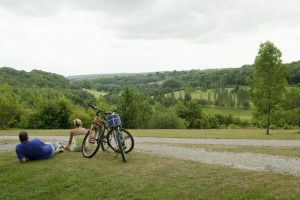
Severn Valley Country Park
This part of the Severn Valley used to be a centre of industry. Sandstone quarried from the area was used to build part of Worcester Cathedral and would have been loaded onto trows (flat-bottom barges) on the river. Coal mining started in Highley in 1878. Production was switched to Alveley in 1936. At its peak the mine employed 1,000 men and produced 300,000 tonnes of coal a year. Mining ceased in 1969 and the area was badly scarred by spoil heaps. Following the closure of the mine, the spoil heaps and land lay derelict until 1986. Shropshire County Council and Bridgnorth District Council embarked on an ambitious project to reclaim the land, installing drainage ditches, re-grading the spoil heap and planting trees. Severn Valley Country Park opened in 1992 and is now managed by Shropshire Council.
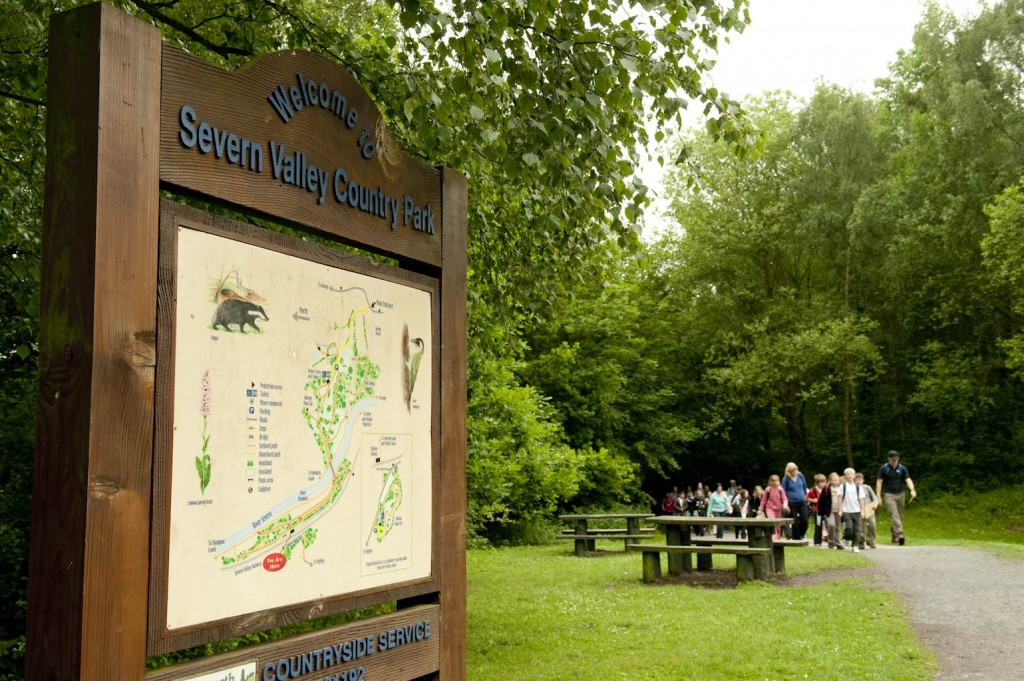
Severn Valley Country Park
On-site facilities include:
- Extensive network of footpaths and bridleways
- Waymarked trails including the Riverside Trail, Woodland Trail and Highley Trail.
- Easy-access trail designed for all abilities, including a fully accessible bird hide
- Permanent orienteering course
- Route 45 cycle trail between Bridgnorth and Bewdley
- Toilets
- Picnic areas
- Parking at Alveley and Highley
The park also boasts a fantastic visitor centre with plenty of information about the history and wildlife of the area. There is also a kid’s corner with activities for younger people to enjoy while mum and dad relax with a well-earned cup of tea and a slice of delicious cake! The Visitor Centre and cafe is open every Wednesday to Sunday and Bank Holidays (except Christmas Day, Boxing Day and New Year’s Day). It is open 7 days a week during the school holidays. Opening times in term time Wednesday to Friday 11am-3pm, Saturday 9.30am-4pm, Sunday 10.30am-4pm & during school holidays Monday to Friday 11am-4pm, Saturday 9.30am-4pm, Sunday 10.30am-4pm.
The park can offer educational activities for school groups, ranger led birthday parties and also a full year round events programme. In addition, every Monday annd Thursday our conservation volunteers meet to help maintain the high standards of the park for our visitors.
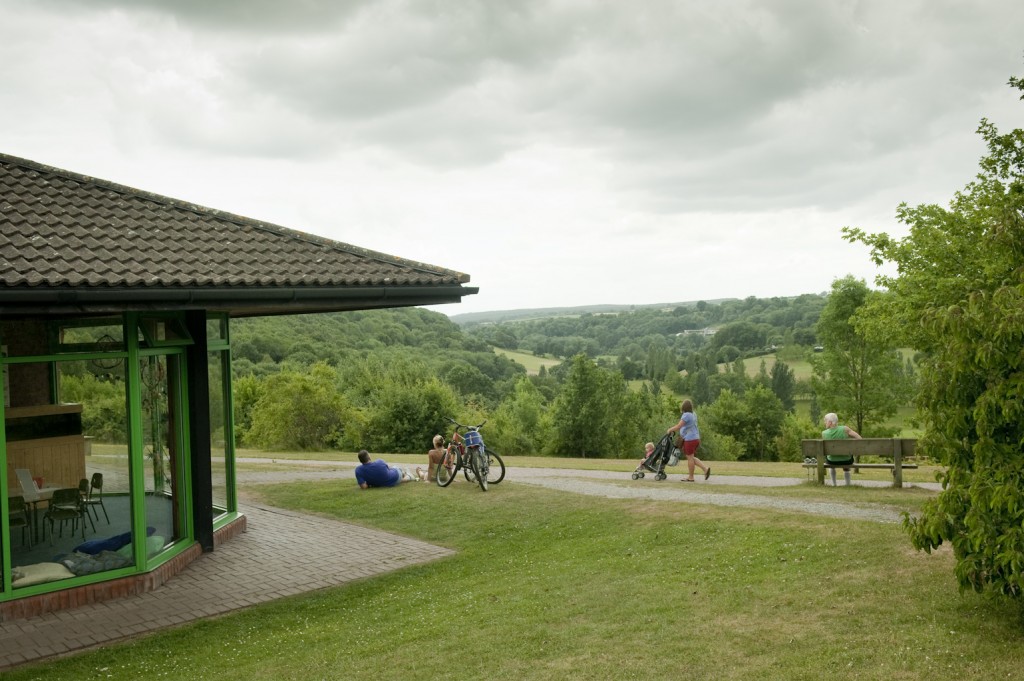
Severn Valley Country park
Highlights of the park include:
Spring Pieces Hay Meadow
This is a quieter area of the park. It was not affected by the mining. The hay meadow here is a fantastic place to see wildflowers such as rare adder’s tongue fern, orchids and yellow rattle. Walk through the buttercups and see butterflies and bumblebees lazily flying around in the sunshine. Elfin Pool is a fantastic place to bring a net and go pond-dipping. Look out for green woodpeckers flying around the meadows, feeding on yellow meadow ants.
Hall Close Coppice
This is our area of semi-natural ancient woodland. It is managed by coppicing small areas of hazel and alder and allowing them to re-grow. This encourages wildlife like the rare dormouse, a secretive little creature with a fluffy tail that lives in the trees. Take a walk through the shady woodland in May and experience the sight and smell of a bluebell carpet.
Station Road Site
This site marks the location of the first mine shaft that was sunk in Highley. There is a pit wheel that was erected by the people of Highley in 1994 as a memorial to the hard-working men who were at the core of this community. An excellent footpath through the site leads down past the picnic area and pond and through the woodland to Highley Station.
The River Meadows
The riverside meadows are great places to see invertebrates including the rare club-tailed dragonfly. Wander through the orchard in autumn and sample some of the local provenance apples that grow here. The bridge over the river was rebuilt in 2006. It is an excellent place to see bats hunting as the sun sets over the valley. The original bridge was built to take coal and miners across the river and was the first concrete cantilever bridge of its kind in the world.
The Sidings
The paths here were part of the original tramway route taking coal to be washed, graded and loaded onto trains. The ground has been made up into embankments. The woodland is dominated by trees such as silver birch and willow that have seeded. It is a good place to see woodland birds such as nuthatch, tree creeper, blue tit and great tit.
Easy Access Nature Trail and Wetland
This trail leads round a beautiful pond with mallards, coots and moorhen bobbing amongst the lily pads. At the end of the trail is a bird hide that overlooks the wetland. The reeds are cut annually to create perfect conditions for wading birds such as water rail.

Severn Valley Country park
